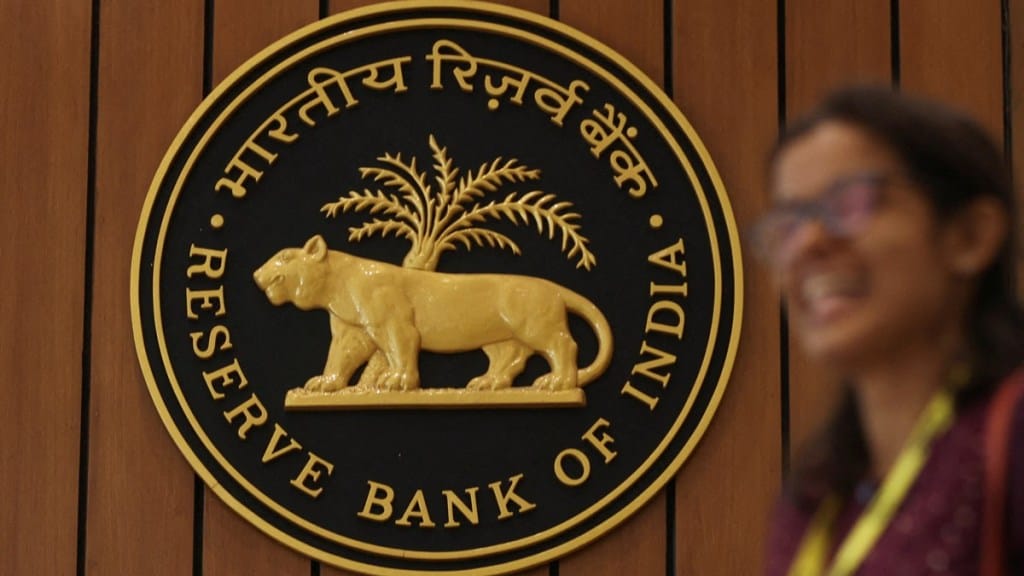Fintech industry bodies Digital Lenders Association of India (DLAI) and Fintech Association for Consumer Empowerment (FACE) are in compliance with the Reserve Bank of India’s (RBI) draft omnibus framework guidelines, top officials told FE.
“DLAI is already registered as a section 8 non-for-profit company and complies with the RBI’s omnibus framework requirements. We have close to 100 members, of which over 80 are lending institutions,” said Jatinder Handoo, CEO of DLAI. He added that 33% of DLAI’s board members are independent directors, including the chairperson of the industry body.
Handoo said that DLAI will submit its feedback to RBI later this month on the omnibus framework and will apply for an SRO licence with the regulator whenever official application process is notified publicly.
The RBI’s draft omnibus SRO framework released in December said in order for players to be eligible to apply for an SRO license, the applicant shall set up a not-for-profit company first and have adequate net worth and ability to create infrastructure to discharge various responsibilities on a continuing basis. The applicant must also represent the sector and have the specified membership or should at least submit the road map for attaining specified membership within a reasonable timeline.
Sugandh Saxena, CEO at FACE, said in the last three years, following the existing guidelines available for SROs, the industry body has been building governance, membership, processes, and functions to meet and “exceed the expectations” of SROs. For example, while the SRO framework suggests one-third of independent directors, she said FACE already has a majority of independent directors on its board and the chairperson is also elected amongst independent directors only.
“Our DNA is SRO, and members conceptualised FACE as a self-regulatory industry body and continue to shape and develop FACE in that way. FACE is a section 8, a not-for-profit company registered in Sep 2020,” she said. FACE had applied to the RBI for a SRO licence in January 2022.
DUAL SROs
When asked whether there can be two SROs in the fintech sector at this stage as DLAI and FACE are both eyeing licences, Saxena said answers on multiplicity of SROs will emerge as regulatory guidelines and industry evolve around self-regulation. There already are examples of dual SROs in the microfinance institution (MFI) sector, Sa-Dhan and microfinance institution network(MFIN).
Handoo, however, says there are only one set of entities in MFI sector with a monolithic product offering which is microcredit. In fintech sector there are diversity of players and offerings including tech companies, loan service providers, NBFCs , universal banks, SFBs, among others.
He said that since fintech sector will be roughly $1.5 trillion by 2030 and digital lending will account for at least 50%-60% of the same, and that if the sector is growing rapidly, regulations will also have to match to that pace and therefore SROs will have a greater monitoring role under the oversight of RBI.
“There has to be less room for any arbitration in self-regulation. One would assume, if newer players were to enter the fintech space, there is a possibility that they may be tempted to choose between two SROs, the one which is little accommodative as anyway the membership is voluntary,” he said.


